You’ve found the home of broken foam.
Sooner or later you’ll want to go off script. You’ll want a faster motor, or a lighter motor so that you can lighten the planeload. You’ll want a larger prop, a folding prop, or a 3 bladed prop. You’ll stray from what you know and start going to the wrong side of town to talk to those people your mom warned you about for truth and wisdom. Near all the trash and rats and junkyard dogs chasing the rats out of the trash you find my office. Don’t judge me, this is all I can afford after buying so many RC planes. Welcome to the home of broken foam!
This is your disorientation
Thank you for entrusting me to be your personal Yoda in the search for truth when it comes to matching up motors to props. It’s a search for the truth and you’re going to use it to make your own decisions. It’s time to forget all you know. You are going off script.
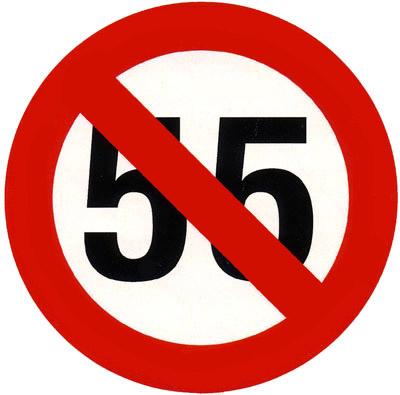
Truth number 1
Your car can go faster than the speed limit. The point is that when you get to the maximum speed of the car it starts shaking and you’re consuming fuel like crazy while the engine is working very hard. It’s also getting hot. Top speed of a car is far greater than the maximum legal speed limit in most countries. Your car is designed to work efficiently at speeds it’s likely to achieve. This is what to strive for when selecting a motor for your plane. If you’re at full throttle to constantly keep the plane afloat you’re underpowered. You want to make sure you have more than enough power
Truth number 2
When riding a bicycle the front derailleur controls three gear rings on most modern bikes. These are the three rings next to your pedals. The smallest one is best for hills. Since it’s smaller its easier to make each revolution when you pedal your bike. When you’re going uphill this is the one you select because the other two cog rings are too hard to pedal. But, when you’re on flatland the small ring is too easy to pedal. You are spinning like crazy and not going anywhere. You move up to the middle cog ring and start moving at a pace you feel comfortable with. You find that the middle ring is more efficient for flatland riding. Then, lucky you, you come up to a slight downhill and you have the wind at your back. You switch to the largest cog ring and really start to move. You’ve found even more efficiency.
Keep this in mind when it’s time to talk about prop size. Larger props can be more efficient in the right conditions. They can also work your motor too hard in the wrong conditions. But, just like gear rings larger props take more work to spin each revolution. Typically, higher KV motors (more on this later) spin smaller props and lower KV motors are better suited for larger props.
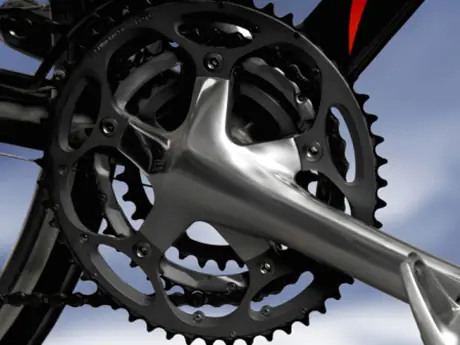
Truth #3
The documentation about motors quite often leaves you with more questions than answers. Just because it lists a 4S motor doesn’t mean that the highest thrust listed was made at 14.8 volts. Another thing that screws up things is that propellers from one manufacturer to another can deviate in statistically significant terms when measuring thrust. One will likely produce significantly more thrust than the other. The specs are given to help give you an idea of what the motor can do under normal conditions.
Now it’s time for plane design.
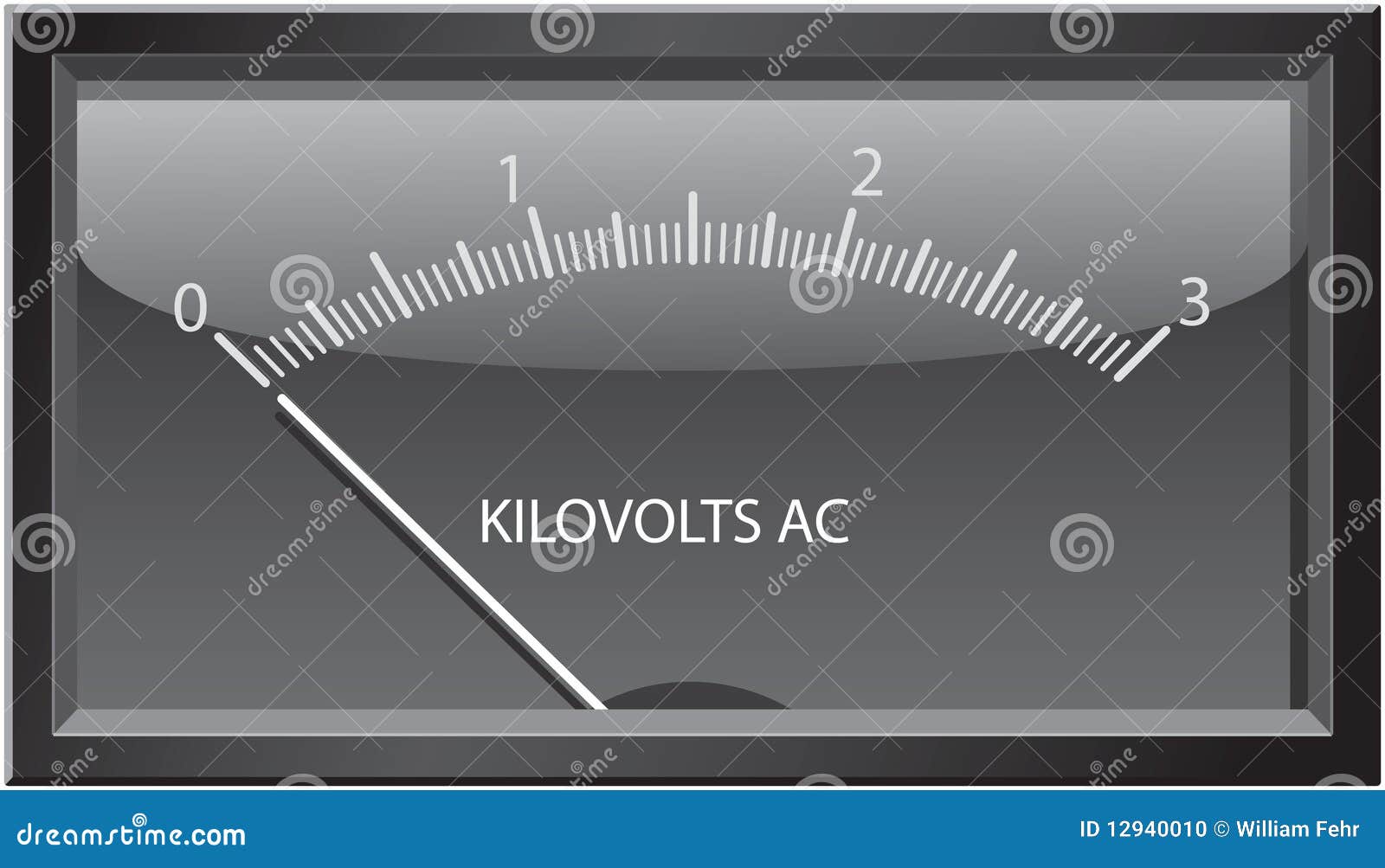
KV isn’t kilovolts
The “KV” after each motor name keeps people guessing. I’ve seen a few people on Youtube refer to it as “Kilovolts” or 10,000 volts. Most of the motors I work with take less than 15 volts and thus putting 10,000 volts through the motor will turn it to, well, spontaneous combustion. The V in “KV” stands for volts. The K is the constant. KV is not an abbreviation but a mathematical formula. K is the number of RPM’s your motor is capable of doing without a propeller. This is ideal world condition, there is some resistance in the motor wiring for example that keeps it from achieving perfection. That being said, the number is usually very close to accurate. Thus, you simply multiply the number of volts times the K and get the ideal RPM of your motor at various power levels.
The propeller is a resistor
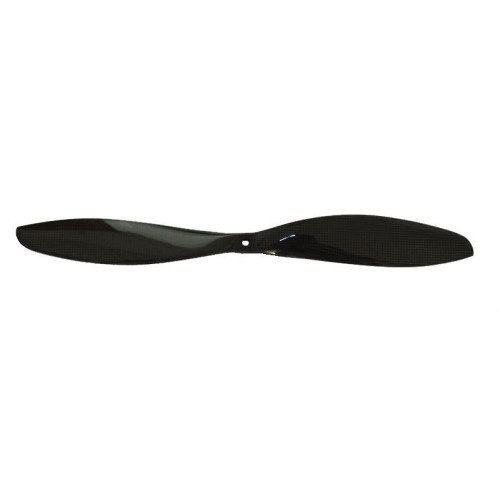
Once you put a propeller on the motor KV goes out the window. The propeller acts as a resistor. Typically, the larger the propeller the more resistance it puts on the motor. That’s why we go back to truth number #2 about chainrings on bikes. The larger they are, the more work to make them spin each revolution. The only thing that confuses this issue is the pitch of the propeller. It’s possible to have a larger propeller draw fewer amps (less work) than a smaller propeller if it has a significantly reduced pitch.
The thing to keep in mind is that your propeller is putting resistance on your motor.
Grams of thrust is what we’re concerned about.
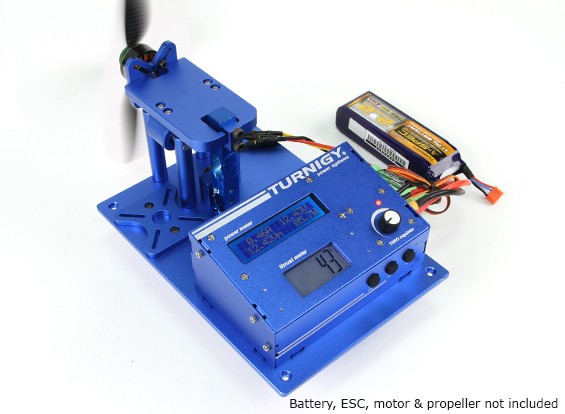 |
| Turnigy Thrust Stands are cleaner ways to test thrust. |
There are many videos on Youtube with crazy people hooking up motors and propeller combinations to scales on yelling out numbers like 820 grams. The first time you see this it's kinda strange. They are talking about grams of thrust. If your plane was 800 grams for example (28.22 ounces) when ready to fly this means this motor should be able to make this plane fly. The problem is that it may not be the most efficient flight. Just as your car starts to shake at top speed and consume gas like crazy you may find a plane that can produce 1000 grams of thrust may give a more efficient flight without getting your motor hot. Again, it depends on your plane. If you have a powered glider for example even though you have a heavy plane it may be able to take off and climb with less than full power depending on conditions. Once in the air the plane only needs about a quarter of the power it needs when it takes off to keep afloat.
Not all propellers are created equal.

So, why doesn’t someone just measure every combination of motors and propeller and come out with specs once and for all? Two reasons I can think of. First, not all propellers are equal, even when they have the same specs. An 8040 propeller (8”) can have remarkably different thrust from one manufacturer to the other. Enough to be statistically significant. The other reason is we are living in an era of 3D printers. The cost to design a propeller and have a prototype ready to test is dirt cheap. There are companies like GETFPV.com that design, print and test new props all the time. And, the props can be turned out fairly cheap from China. Thus, there are new propellers on the market all the time. The combinations of motors and propellers are endless.
Those friendly little specs that are listed with a motor.
Motor specs can drive you mad after a while. If a motor is listed as ranging from 2S-4S for example, the top thrust list may be at 4S. But not always. You need to take total watts, divided by amps and see how many volts it was tested with.
And, this is the big problem
If all that mattered was grams of thrust then they would figure out what the peak grams of thrust for each motor would be. If they were testing for maximum wattage they would figure that. If they were testing for efficiency they would figure out a battery, propeller combination that maximizes it. Since they are out to sell motors I imagine that if they posted the true peak specs people would assume that this is how you use it all the time and would burn out motors quickly and leave nasty reviews. Thus, what you are likely to see are some results that are watered down. The suggested prop and motor combination will work fine in most flying conditions. It’s like saying your car can achieve 70mph when it’s top speed is really 100 MPH. If you were to drive at 100MPH all the time it would wear out the motor faster.
.
.
Here’s what’s important.
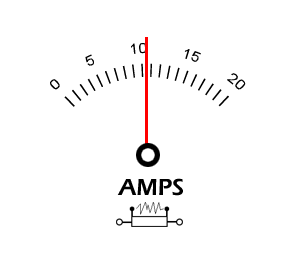
There are volts, amps and watts, which one is the most important? If you go over the required voltage suggested for your motor then you shouldn’t cry when your motor dies. Watts are good for reference, but amps are what you need to pay attention to. If you run too many amps through your motor for too long it will melt the insulation on your motor wiring and then the motor will short and die. Heat is a sign that your motor is working too hard. If your motor is blistering hot when you land your plane it’s time to think about a new prop and motor combination.
Different flying characteristics
I heard one guy describe his 4-minute flights as the best four minutes of the day. He’s looking for maximum thrust and battery life isn’t important. If you’re flying a glider you’re looking for motor efficiency. You want to find the right combination that keeps you in the air longer. It doesn’t take long to become a motor connoisseur. You can start pairing the right motor to your plane. You will prioritize what’s important when dealing with a motor. Another factor not yet discussed is motor weight. The heavier your motor is the disproportionately more weight you’ll need to put on the other end to counterbalance it. Heavier motors start putting on the weight of your plane rather quickly Heavier planes fly differently than lighter ones.
Useful data to keep in mind.
Gliders are looking for efficiency. You may even be able to get away with an underpowered motor if you’re able to give your glider a good, brisk shove into the air at takeoff and keep off of full throttle in flight. You may be able to get away with a larger prop than is suggested for your motor as long as you’re not drawing above the suggested amperage.
Here are some numbers to keep in mind.
Efficiency-
(Grams of thrust)/(Maximum wattage) This is a comparison number. It’s used to compare two motors. The one with the larger number is more efficient.
Watts per pound
(Maximum wattage)/(Grams of thrust)=Watts per gram of thrust. The result is almost always less than 1. The higher the number the less efficient the motor is. However, it’s best that the ratio is greater than .23 If you multiple .23* 453.592(this is the number of grams in a pound) it equals roughly 100 watts per pound. 100 watts per pound should make anything fly. It’s the general rule of thumb.
Battery life matters
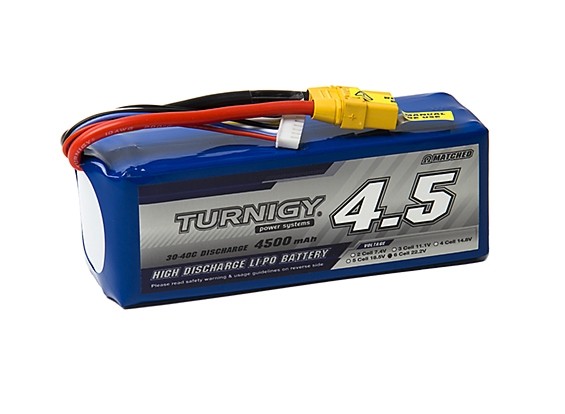
The reason why your car doesn’t reach top speed at the speed limit is that it would be inefficient. Though your car can do 100 MPH it will do most of it’s driving at under 70 MPH. It’s this overhead you want in a motor and propeller combination. Battery consumption of LIPO batteries drops considerably when you are at 20% from full throttle as opposed to being at full throttle.
Real world tests
Thankfully we live in the world of cheap motors and cheap propellers. All you need is a fairly inexpensive voltmeter and a digital scale and you can set up your own lab to test your own motor and propeller combinations. The thing to do is to take measurements of grams of thrust at full thrust and backed down to 10 amps, 5 amps and 3 amps. Change out propellers and keep records of each thrust measurement. You will want to stay within the manufacturer's suggestion for maximum amperage and make certain that your motor isn’t getting hot. If you’re pulling excessive amperage or your motor is getting too hot you’ll need to back down the propeller size and/or pitch.
Take it up
Instead of one pure winner, you’ll want to take your favorite 2 or three propellers out for a flight. Figure out which ones give the best flight characteristics while keeping you within the zone of flying time. Once you’re in the air your results are no longer scientific because flight characteristics change from the flight. If, for example, one flight lasted 18 minutes and the next one lasted 21 minutes the way you fly and weather conditions may have caused the variation. By this point, all you’re looking at is the flight characteristics.
3 bladed propellers
A very common problem is that you are landlocked on your plane. You want a 9” propeller for example but can only fit an 8” propeller at the largest. If you simply switch to a 3 bladed propeller you can get the what you’re looking for. The idea is that if you fly with an 8x4 (8040) 3 bladed propeller it’s around the same as a 9x5 (9050) propeller.
The real downside to 3 bladed propellers is that they break on landings more frequently.



No comments:
Post a Comment